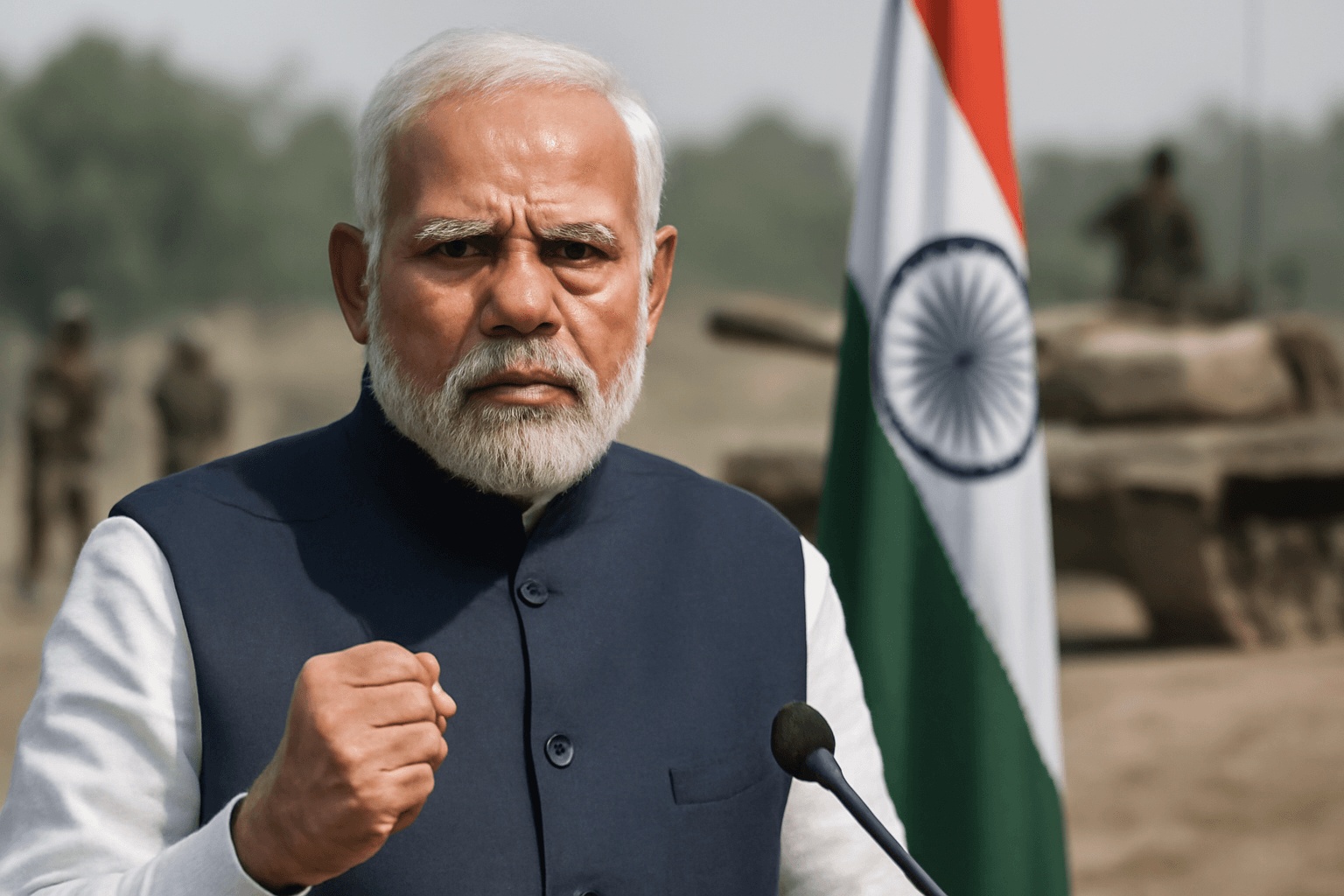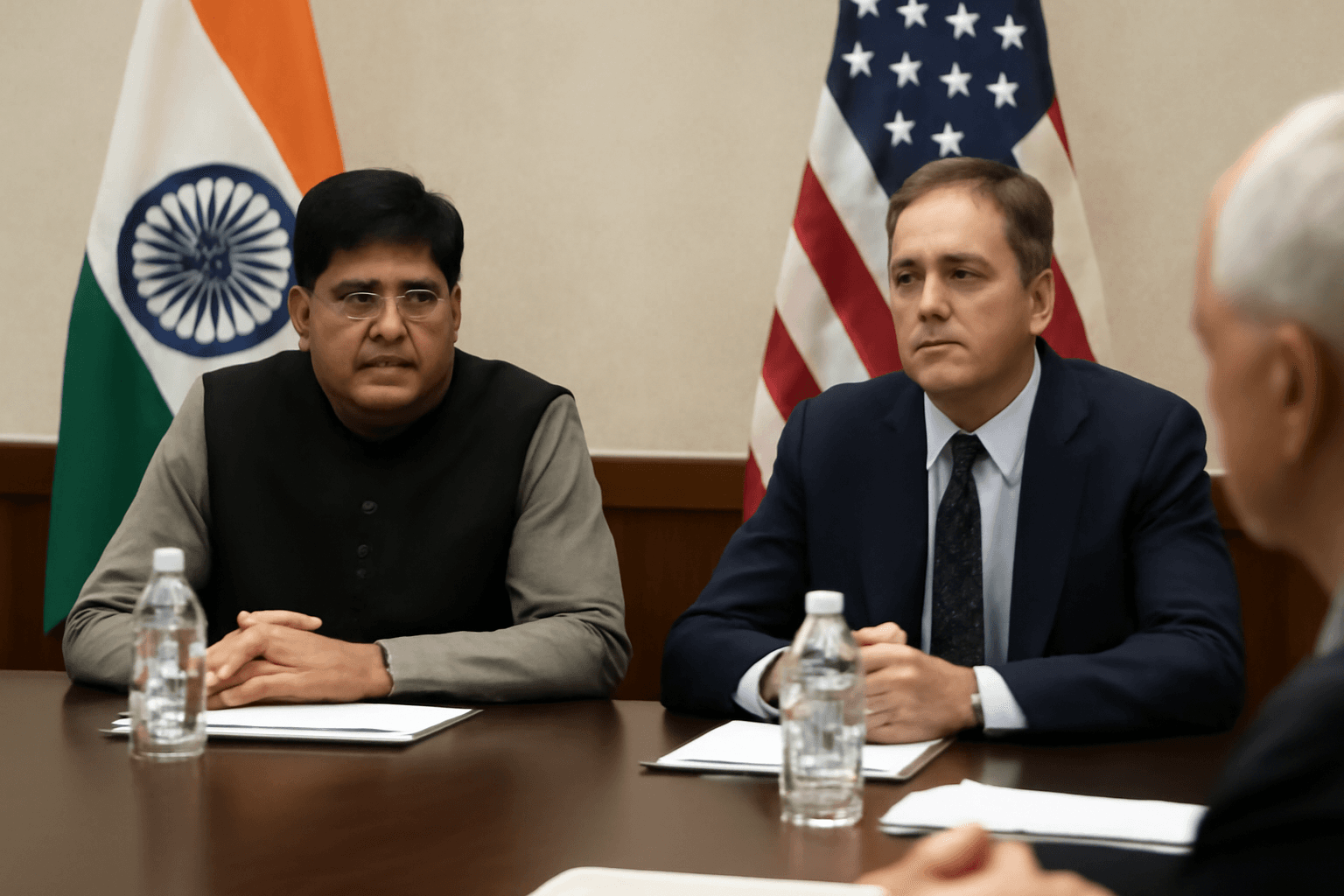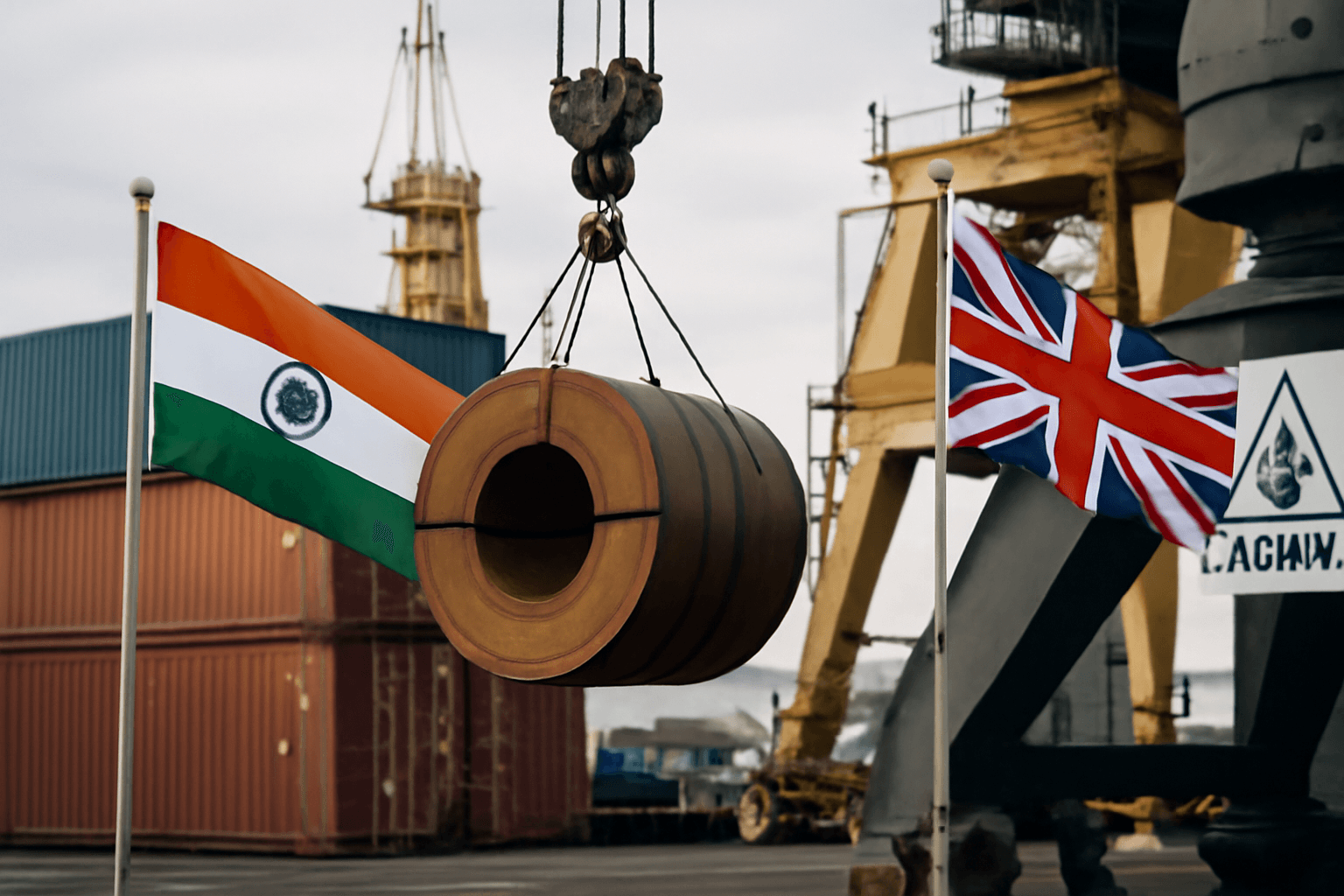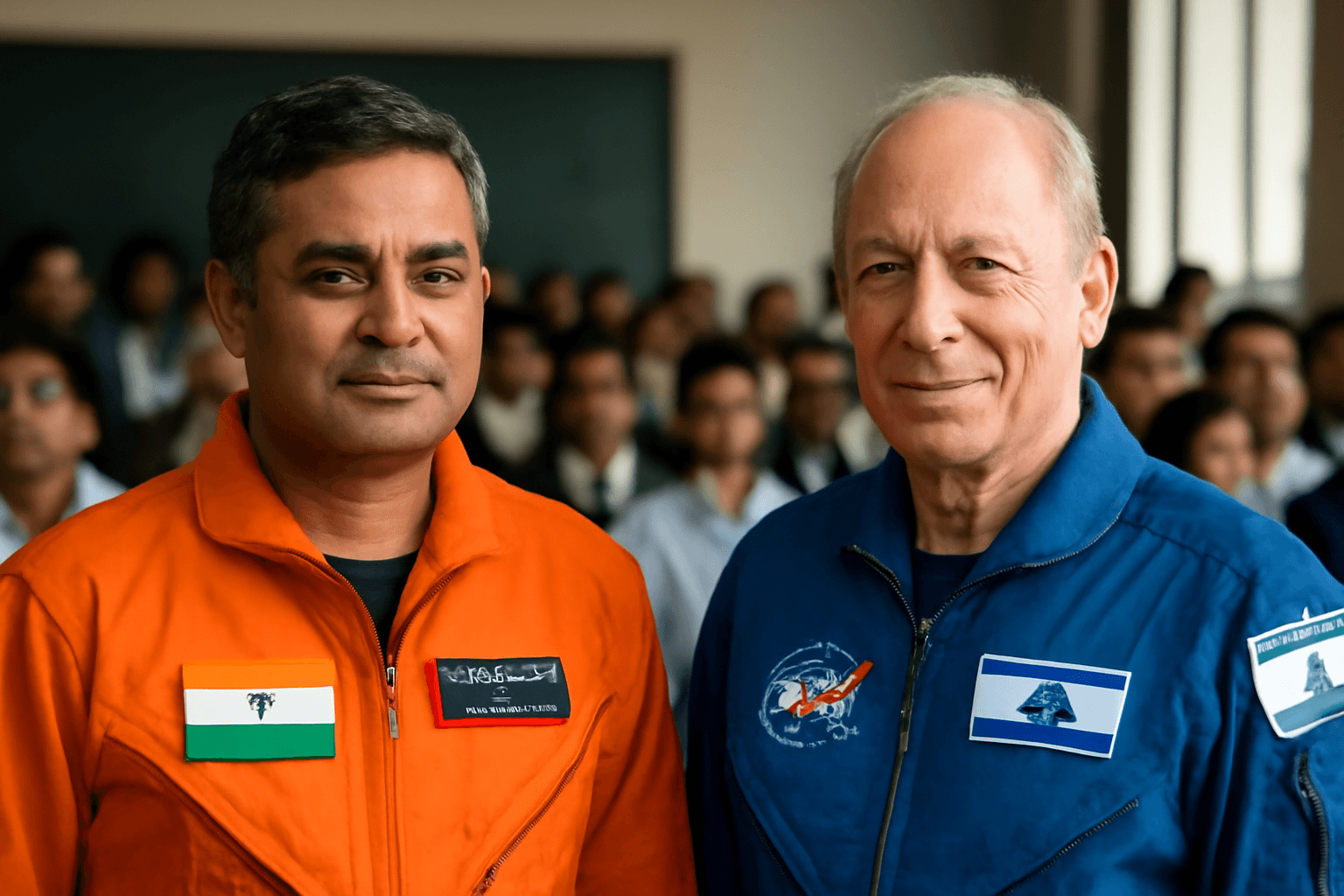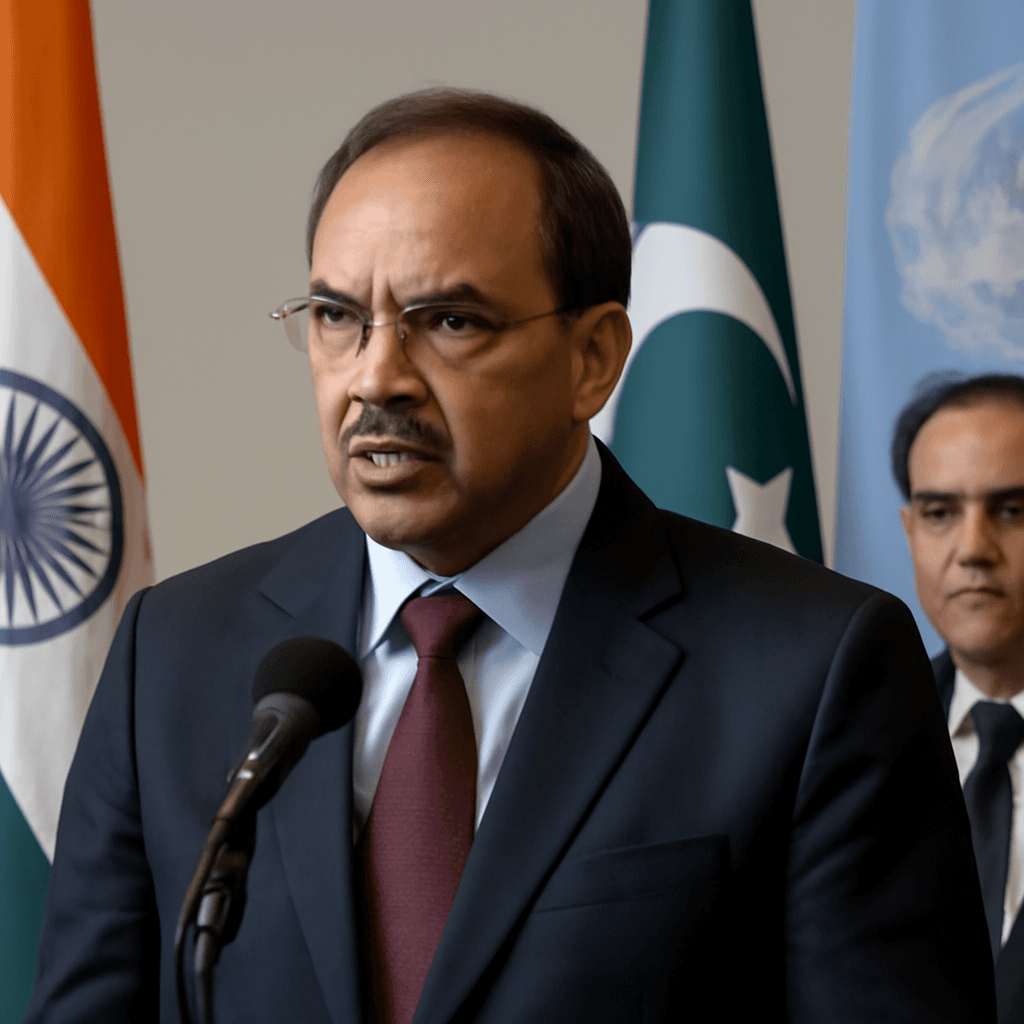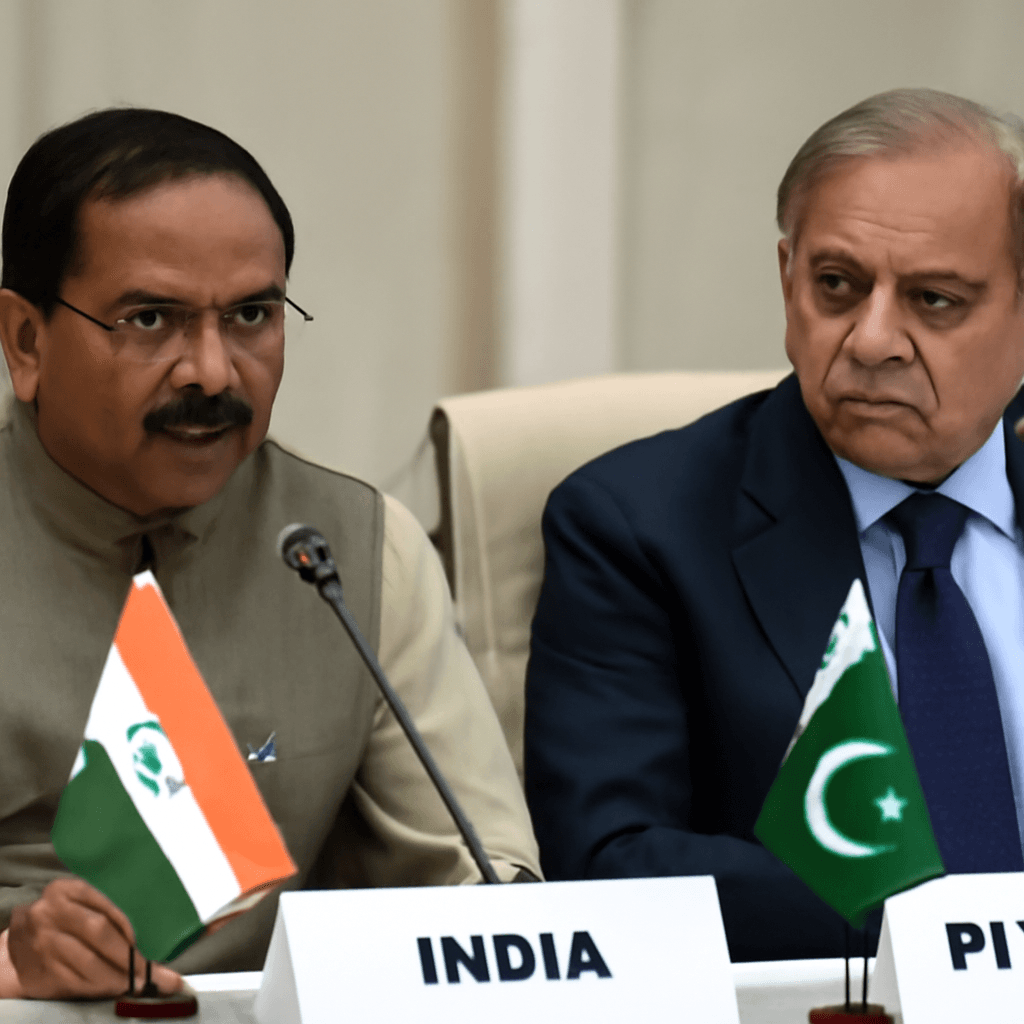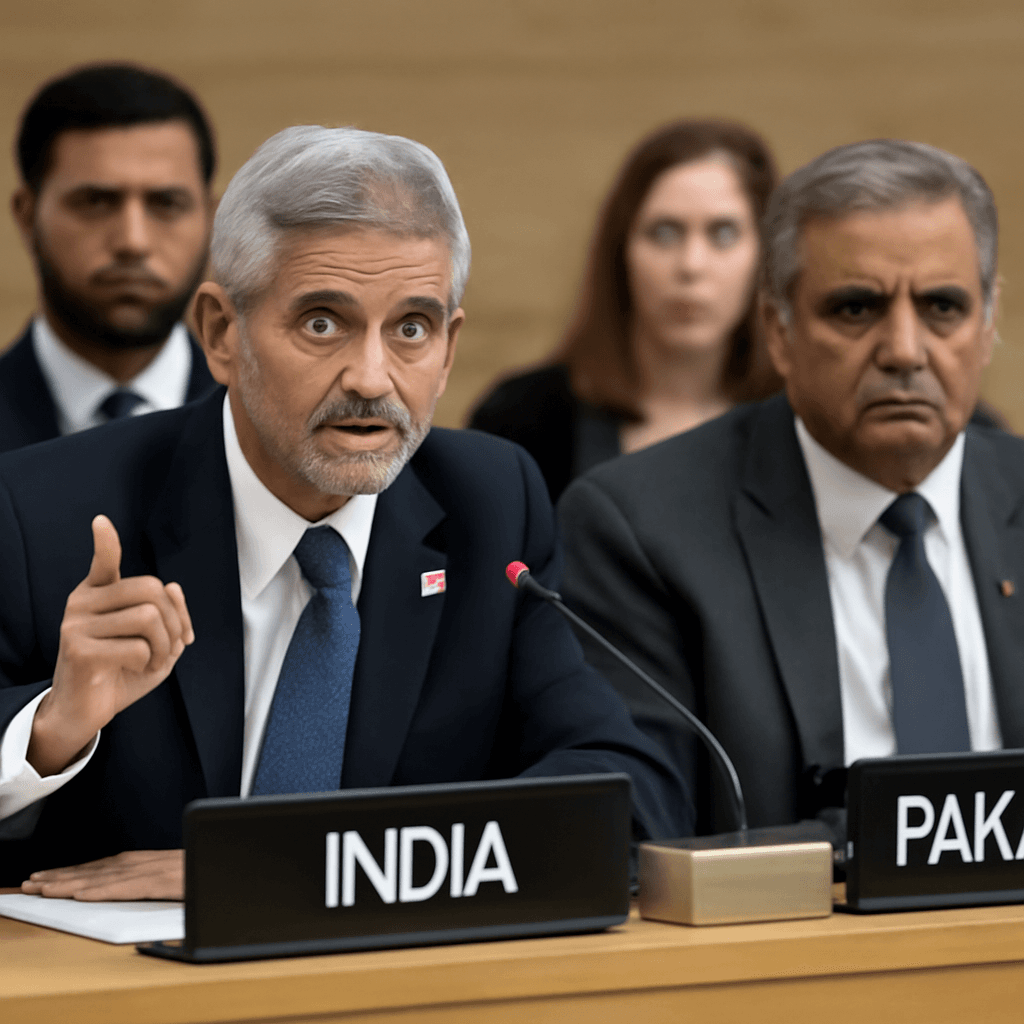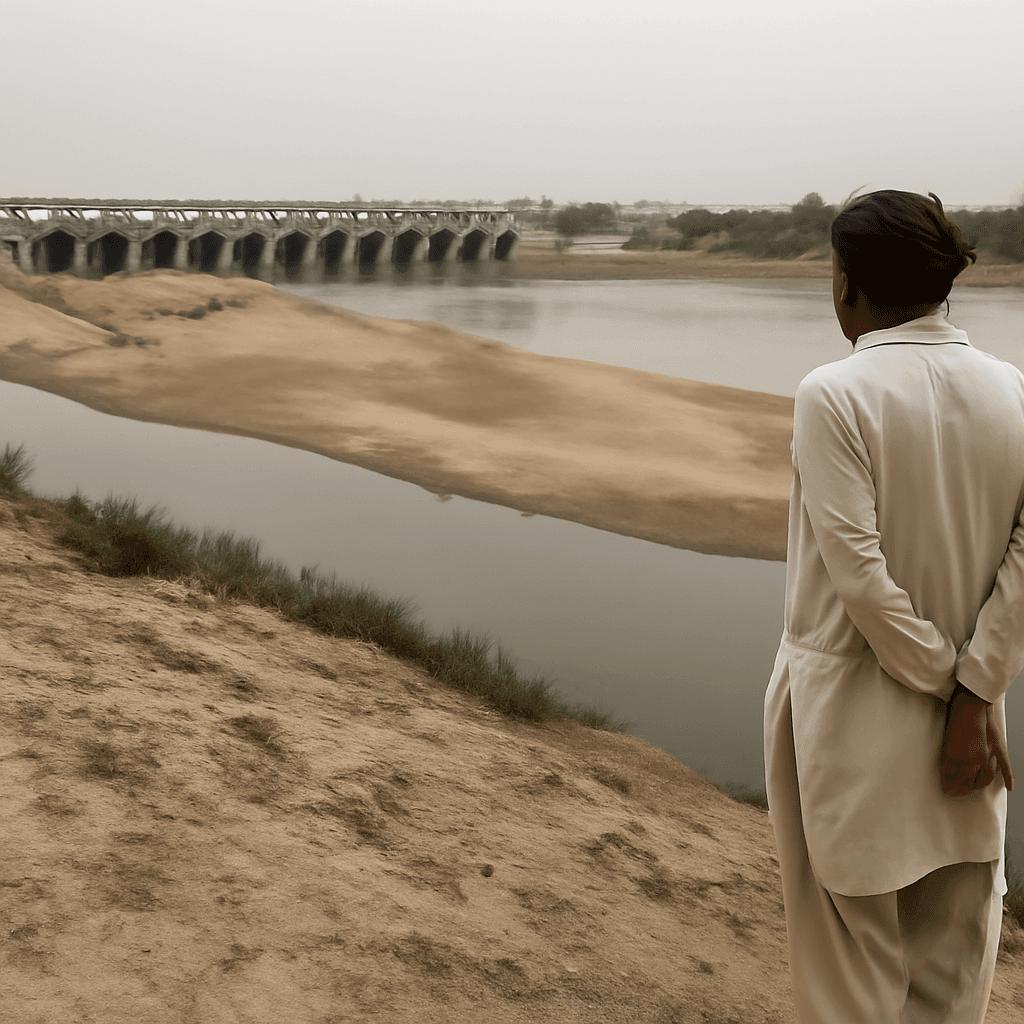India-US Trade Deal: Progress and Stakes Ahead of July Deadline
The ongoing negotiations between India and the United States over a bilateral trade agreement are capturing attention ahead of the tariff suspension ending on July 9, 2025. India's External Affairs Minister has expressed optimism about finalizing an interim trade deal that could reshape key sectors including agriculture, pharmaceuticals, and steel.
Current Status and Challenges
- The U.S. announced 26% reciprocal tariffs on Indian goods on April 2, but paused enforcement for 90 days, which expires soon.
- Bilateral talks have expanded market access discussions while tackling sensitive issues like rules of origin criteria affecting preferential tariffs.
- The U.S simultaneously negotiates with China, seeking breakthroughs amid export control concerns.
- India's rising imports of U.S. crude oil and defense products may help bridge the bilateral trade deficit.
The trade deal holds strategic significance amid global supply chain shifts and efforts to decouple from China, emphasizing its impact on India's foreign and economic policy.
Hydroelectric Projects in Jammu & Kashmir: Revisiting the Indus Waters Treaty
India plans to enhance water storage capacity in early-stage hydro projects in Jammu & Kashmir without altering those already underway, in light of the Indus Waters Treaty (IWT) with Pakistan.
Key Issues Surrounding the Treaty
- The IWT restricts significant water storage on Western rivers, limiting India’s hydropower potential on the Indus, Chenab, and Jhelum rivers.
- Following pressures and geopolitical tensions post-Pahalgam attack, India temporarily suspended the treaty’s application.
- Multiple hydro projects ranging from 93 MW to over 1,800 MW are in various planning or survey stages, with newer ones possibly including enhanced storage capacities.
- The treaty's dispute resolution mechanism remains a contentious topic amid objections from Pakistan over projects like Kishenganga and Ratle.
MGNREGA 2025-26: First-ever Cap on Spending Sparks Concerns
For the first time, the government has capped expenditure under the Mahatma Gandhi National Rural Employment Guarantee Scheme (MGNREGA) at 60% of its annual budget for the first half of the 2025-26 financial year. This marks a significant shift from the scheme’s previously demand-driven nature.
Implications of the Spending Cap
- The Ministry of Finance integrated MGNREGA under the Monthly/Quarterly Expenditure Plan to better manage cash flow.
- Though historical spending patterns hovered around this cap, pending liabilities exceeding Rs 21,000 crore from the prior year could potentially constrain employment generation.
- The approved labour budget aims for nearly 199 crore person-days, with around two-thirds expected in the year's first half.
- The scheme has evolved as a vital social safety net, especially during crises, but recent beneficiary numbers show a downward trend.
2025 State of World Population Report: Addressing India's Fertility Duality
Recent UN reports reveal complex reproductive challenges in India, where 36% of adult Indians face unintended pregnancies and a significant portion experience unmet childbearing desires. Despite India nearing replacement fertility levels at around 2.0, barriers to reproductive autonomy remain rampant.
Key Insights from the Report
- Economic insecurity, housing affordability, job stability, and social pressures heavily influence reproductive choices.
- Urban couples increasingly favor smaller families, but wide disparities persist across regions.
- Infertility affects millions yet remains under-addressed, particularly in public healthcare.
- The report advocates for a rights-based approach encompassing access to contraception, safe abortion, maternal and infertility care, and broader social support systems.
Space X ISS Mission Delay: Understanding the Human Spaceflight Journey
A scheduled launch carrying a multinational crew including the second Indian astronaut was postponed due to technical issues. The mission planned to use a SpaceX Falcon 9 rocket and the Crew Dragon capsule to reach the International Space Station (ISS).
How Astronauts Reach the ISS
- Spacecraft must launch during specific windows aligning with the ISS orbit for efficiency.
- The Falcon 9 rocket has two stages and is partially reusable, making it a cost-effective vehicle for low Earth orbit missions.
- The Crew Dragon automatically docks with the ISS using advanced sensors and computer algorithms; astronauts can manually override if necessary.
- After docking, safety checks and stabilization occur before the crew transfers aboard.
Additional Highlights
- US Immigration Protests: Deployment of National Guard and Marines in Los Angeles to manage widespread protests against immigration raids.
- World Bank Economic Outlook: India expected to sustain fastest growth among major economies with GDP growth at 6.3% in FY 2025-26 despite global uncertainties.




